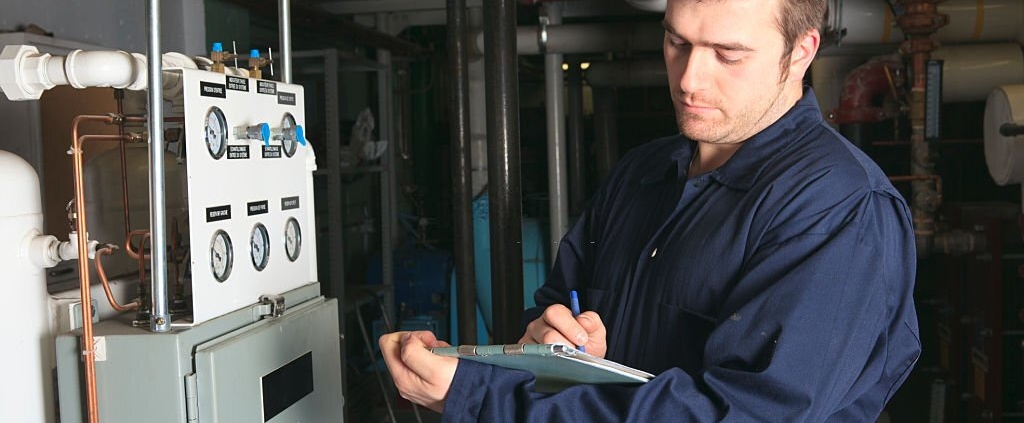
Every piece of equipment in your house, including your furnace, benefits from routine maintenance to ensure everything is hygienic and functioning as it should as well as to handle any necessary modifications or repairs. Replacing the filter on your heating and cooling system is a crucial maintenance task that every homeowner must perform to guarantee an efficient operation, lower energy usage, and the removal of impurities from your indoor air. Even if nothing seems to be wrong with your furnace, performing this maintenance regularly will help keep your house pleasant and prevent unforeseen repair costs from serious breakdowns. You should make monitoring and replacing the air filter a high priority. How can you expect to remember this extra item when there are so many other things on your to-do list? You won’t ever again overlook changing the filter if you once read this blog.
It’s more crucial than you might realize to change your furnace filter regularly. Before the furnace distributes the air throughout your home, filters capture airborne contaminants like dust and pet dander to keep your home’s air clean and fresh all year long. The indoor air quality of your house will suffer greatly from outdated, unclean air filters’ inability to effectively remove contaminants. The energy consumption of your furnace is significantly impacted by filters as well. Your energy costs might dramatically increase if your furnace has filthy filters since they use more energy than ones that have clean filters. Your energy expenditures will remain reasonable without sacrificing your comfort thanks to clean filters that decrease the unit’s energy demand while enhancing its efficiency.
HVAC systems that regulate temperature using hot and cool air might have their air filters changed. The two are as follows:
The ductwork and vents in your home are used by forced air systems, also known as duct systems, to transport heat throughout the space.
With ductless systems, the external unit and the internal unit are two independent units. A refrigerant line that passes through a hole in your wall connects the units. These units don’t require ductwork, as suggested by their name. The mini split is a popular ductless system type.
The frequency of changing furnace filters varies from house to house. The kind of furnace filter installed substantially affects how frequently this procedure needs to be done. You may pick from a wide variety of filter types to affect altering frequency if you take a look down the filter replacement aisle at your preferred hardware shop. Just as there is a large variety of filters, there is also a very big variety in how frequently they need to be updated. Furnace filters need to be changed anywhere from once a month to once a year. Fortunately, replacing furnace filters doesn’t require guesswork. The suggested replacement interval is stated by the filter’s manufacturer in the product literature that is supplied when you purchase a new filter.
Size matters, so keep that in mind when determining how frequently you should change your furnace filters. A 5-inch filter has to be changed less frequently than a 1-inch filter because thicker filters have more material available to catch pollutants.
The standard frequency of furnace filter replacement is as follows:
Follow these simple instructions to replace the furnace filter! This task may be finished in a matter of minutes.
Verify that your filter fits securely into the filter compartment and is oriented in the right direction. Airflow will be hindered if your filter is facing the incorrect way, which can ruin your HVAC system.
A fiberglass air filter should typically be changed every 30 days or as directed by the manufacturer. About every 90 days, a pleated air filter needs to be changed. The frequency of air filter change is nonetheless influenced by some significant factors, including the location, size, and inhabitants of your house.
In general, a compact residence has a longer air filter lifespan than a big one. This is because a bigger residence has more air to filter through. Similarly, to this, homes with many occupants will need their air filters changed more frequently than those with just one resident. When more people live there, more skin, hair, dust, and other waste are produced.
Pets should be considered while calculating the replacement period. Dogs, cats, and other animals create dander and shed hair all over the house, shortening the lifespan of an air filter. If you have one or more dogs, think about changing a fiberglass air filter around every 20 days and a pleated air filter approximately every 60 days.
An air filter’s lifespan can also be shortened by outside causes like too much pollen, adjacent construction, or house renovations. In general, the air filter will need to be changed more regularly if you discover that you need to vacuum or sweep more frequently than usual.